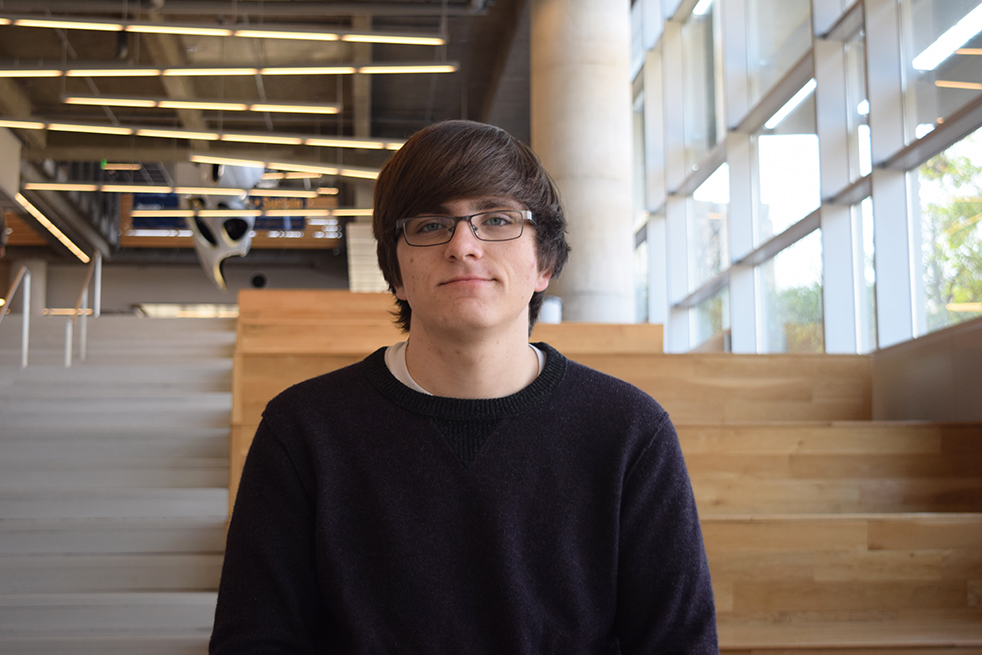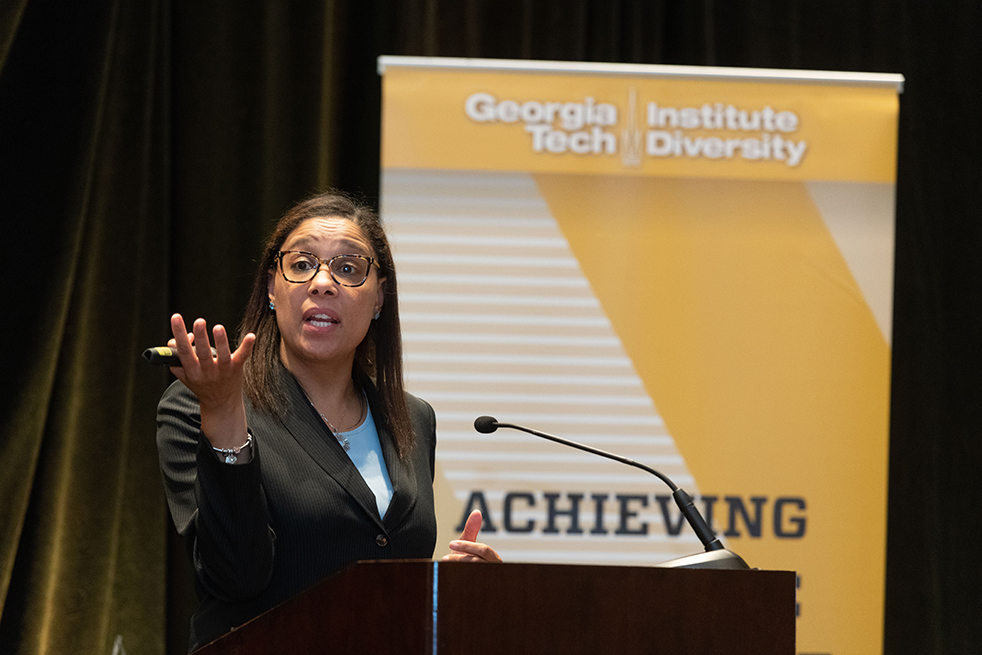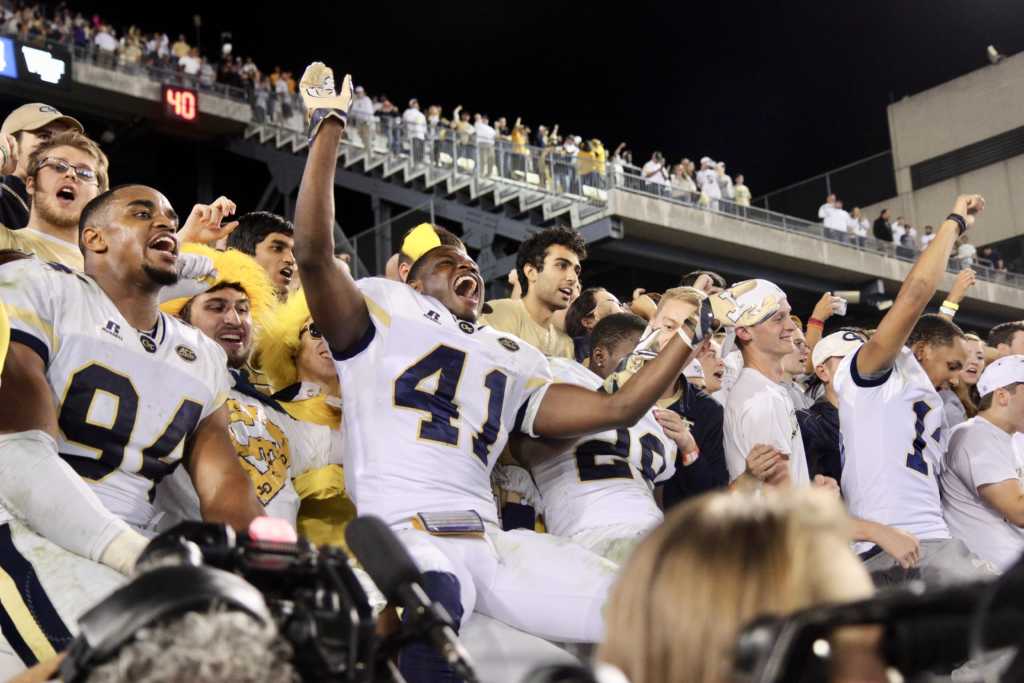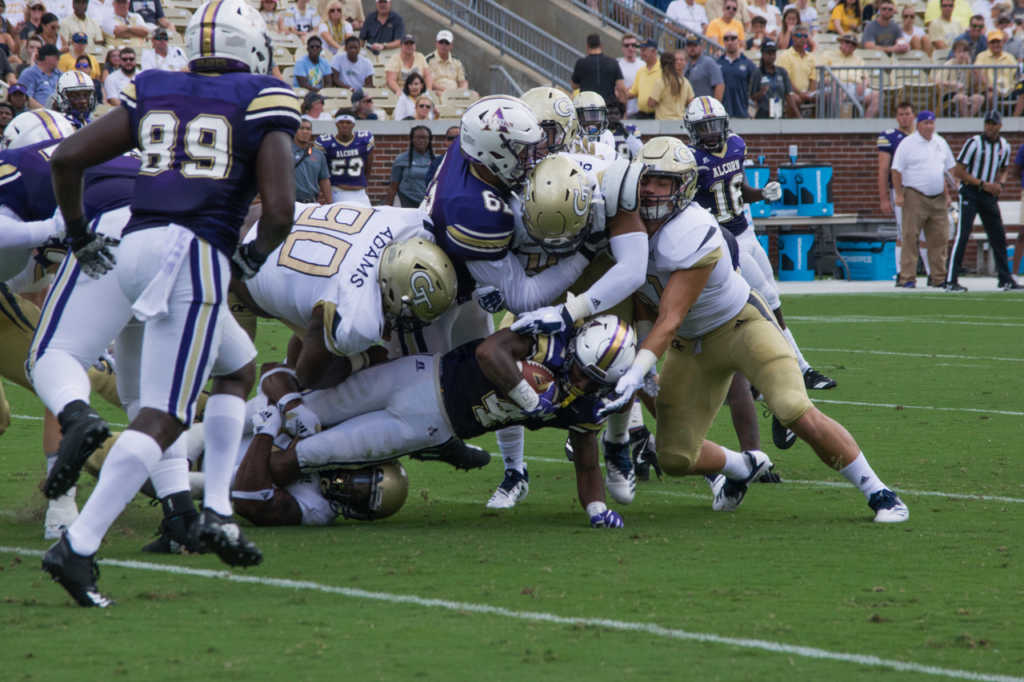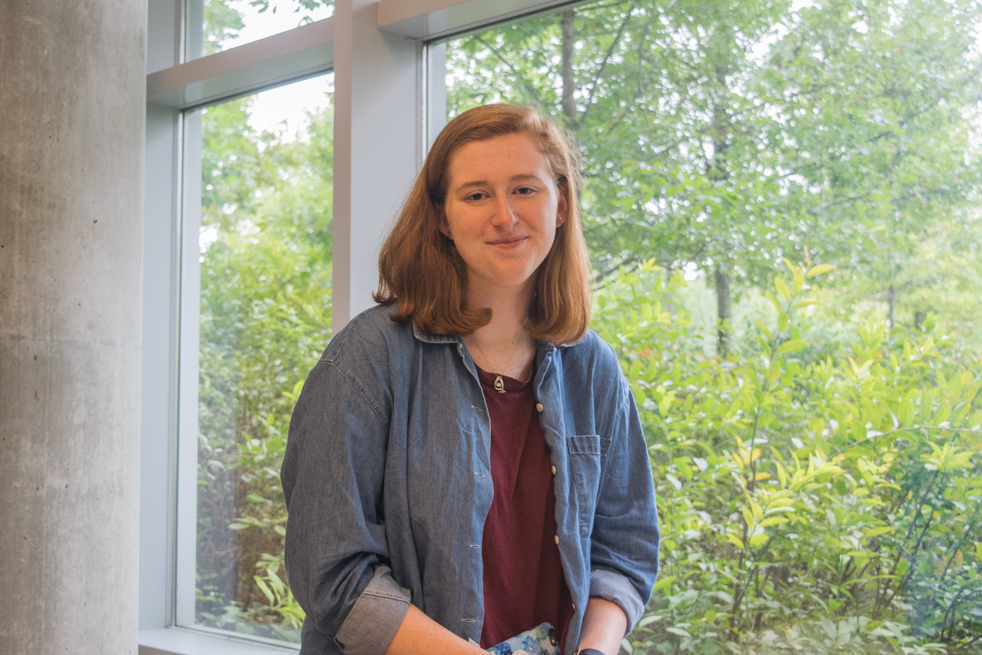
There is something particularly chilling about walking down a geriatric hospital hallway. Art doesn’t line the walls; photos don’t contrast the pure white paint. Everything is brown and grey. It’s too quiet; it’s scary. It reminds me of my fear of growing old.
Visiting my grandfather was usually a time of joy and relaxation. His house was my haven; my grandmother, my guardian angel. But when he got pneumonia, that all changed. It was a rude awakening to the reality of mortality. I always thought those that I looked up to didn’t age as quickly as I did, but years do the same damage to all of us. When I donned the protective gown to enter his rehabilitation room, I felt sick to my stomach. I longed for the peace of his home and the warmth of the tobacco stained air.
Everything smells too clean, too aged. It’s scary. No one seems to care about individual patients, only the few families that visit their sick family members. Some patients are lucid, chatting with their friend on the phone or chuckling over a television program. Some are sleeping or lay motionless in a state much like sleep. The lights in their rooms are off. They seem to have been forgotten.
When I looked at my grandpa, he was still as cranky and humorous as ever. He’d lost some weight, but he was still his old self deep down. Behind his scratchy voice and weak arms, he was still the man I loved. He had not been forgotten. He was loved, he was needed and he was being bothered by family every day of the week during his stay in the center. But could we say the same about all the patients in the building? Are they seen as living, breathing individuals on the tail end of a vibrant life full of stories and experiences? Or are they seen as burdens?
It perplexes me how older generations are allowed to just wither away from our physical realm and our memories. I find my grandmother’s stories about her time on an Illinois farm fascinating, but some people may find that boring. Some people may not value the wisdom, the joy, the memories and the advice that elderly people may have for them. I love my grandparents, but some people don’t. There are people who get sick and lay in hospital beds like the one my grandfather lies in, but they are alone.
Nothing saddens me more than the idea that people — so complex and full of life with a full past of love, loss and knowledge — are left alone to fight for life. Without the support of family or friends, how is one expected to continue living?
The actual healthcare for geriatric patients astounds me even more. This may be anecdotal evidence, but from what I’ve seen, even doctors and therapists put older patients on the back-burner. The public doesn’t demand it, though. If the majority of people wanted more emphasis on geriatric care, there would be more emphasis on research and testing. Maybe that’s why there isn’t an Alzheimer’s ice bucket challenge, or a 5K walk for dementia patients.
It was so striking to see the quality of care given to older patients just because of their age. The value of human life seems to shrink with time. Children are important, of course, but those who have contributed to society for years, who have cultivated families and who have struggled through adversities to lift younger generations to where they are now are also important. Everyone wants to live a long life, but when we get to that stage, not many others seem to want that too.
For the price that patients pay for long-term care, they should be getting more. For the work they have done to promote a good and healthy society, they should be feeling more support, not just by their families, but by our society at large. And yes, there are some bad people who you may believe do not deserve this support and care, but I’m talking about the good people in our world. People like my grandparents. People who change and changed lives. Their impact is immeasurable, so why are the lengths we go to for them so short?

